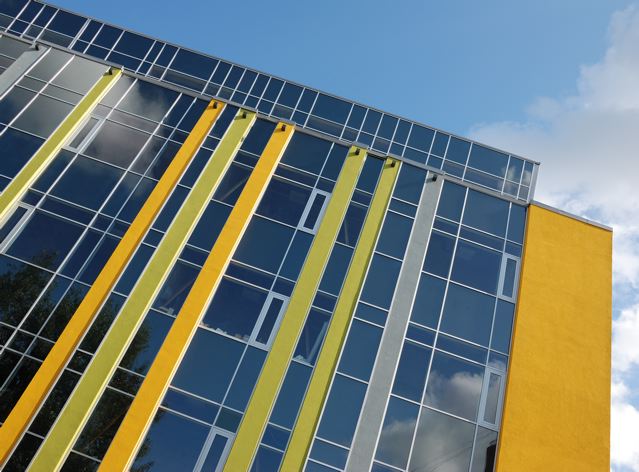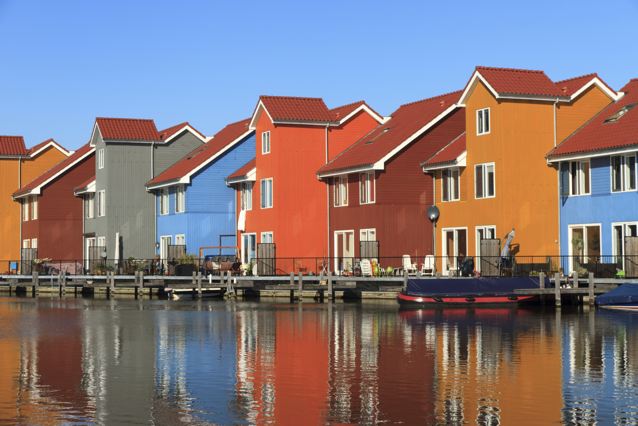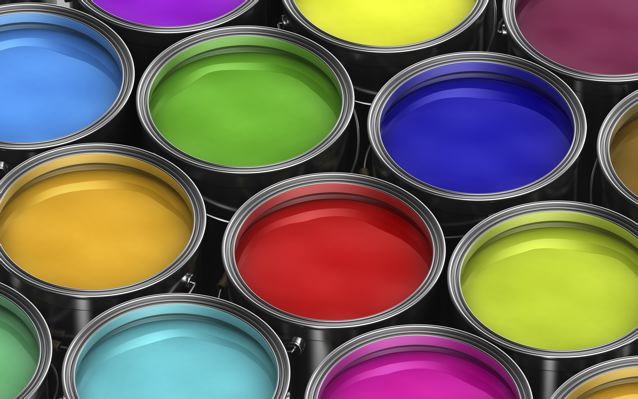
In 2006, a private group of scientists, poured their own funds and the funds of a private investor, into designing a highly specialized mix of inorganic and organic chemistry, physics, nanotechnology, and material sciences into a single integrated science (SLP) to arrive at the latest renewable energy entrant to meet true energy efficiency and performance. “Solar Liquid Power” produced as a liquid electricity producing coating. This technology advancement and its growth may very well become the final solution to using Solar as a renewable energy source! The building and architecture industry as well as other applications will benefit. The longevity, high performance and complete flexibility of Solar Liquid Power allows building materials to be pre-coated for easy installation, thus advancing new architectural design possibilities. Also because it’s a coating, it can arrive clear or colored. Then finally, it can be imbedded into fabric and onto windows all for one single purpose…to produce a constant source of renewable solar energy without the restrictions of physical panels or films!
Exploration of Materiality in Design
Energy performance within design aesthetics is the key to successfully marketing and building skins. There appears to be an infinite number of choices before one can contemplate an intelligent approach to this decision. It is not just an aesthetic process by any means. Current energy modeling may have justified the type and integration of ventilation systems, and also helped determine the glass coatings for greater transparency, thermal conditions and the control of usable end user lighting as well, but the bottom line in the overall sale is lowering operating costs.
Inefficiency is not a popular expectation!
Thus materiality, in concert with engineering and modeling aspects, have become the new “architectural” approach to high efficiency design. Certainly a newly available revolutionary science and technology advance would be perceived as “required” as long as it cuts your energy bill, remains low maintenance and lasts for many years of service.
Thus Solar Power in the form of an incorporable liquid such as a coating can alter the entire landscape of building skins and other applications. Such an innovation inclusion provides the greatest flexibility to the engineering and architectural aspects of any structure. This quest for usable advances in renewable design and materials across a large scale is what SUNTCO undertook to explore and discover. Solar Liquid Power invention is a discovery that will clearly revolutionize how an energy solution is designed to solve our future energy needs. Designed by visionary scientists, engineered to be architected in our living, playing and our work structures.

External facades of any building structure are more than a protective skin regulating temperature and light. They now determine a building’s very appearance and status within the planned environment. Building Skins thereby focus on wide-ranging aspects of facade design, from the selection and use of materials to the inclusion of advanced technical possibilities, like solar liquid power, now available to the architect.
Entrants like, Solar Liquid Power, allow for endless considerations to advance the use of renewable energy aspects, in this case SOLAR, while incorporating and integrating this science and technology into highly efficient designs.
Materiality in design will now consider the extraordinary advances in science and technology taken these past 10 years, quantum leaps in our ability to harness the power of renewable energy sources from Solar, Wind and Water.
Advancements in Solar Sciences
Solar is one of the most environmentally friendly sources of electricity! It does not produce any harmful emissions, and the Sun provides an essentially inexhaustible source of energy. However, the materials for traditional solar panels are expensive. As technology has improved, the efficiency of solar cells has gone up and manufacturing costs have come down, but the cost of producing electricity from solar energy remains relatively high compared to conventional sources. Significant leaps in Sun Science and technology, advanced by a few around the world, have discovered new solar technologies which can sustain the demands of new environmentally friendly building structures. One such advancement is solar power in a liquid form from Suntco, as an external paint and/or coating material or integrated into original building materials and skins.
SCIENCE OF SOLAR LIQUID
Solar Liquid Power (SLP) is a revolutionary “panel-less” two part coating derived from a combination of inorganic/organic chemistry, electrochemical and nanotechnology at a very small scale (3 to 1200 nano-meters) to birth particles that convert sunlight to electricity in new and highly efficient ways (over 40%). As a liquid coating, it adsorbs more light from all directions across a longer time thus promoting more power for longer times, exceeding current historical panel type specs.
TECHNOLOGY OF SOLAR LIQUID

Solar Liquid Power comprises over 22 chemical and electro-chemical residual elements (organic and inorganic) to produce a 2 part physical liquid application across a 4 part logical structure as shown.
SCALING AND EFFICIENCIES
SLP is applied or embedded in building materials as paint or a clear coating (windows). Its properties are similar to typical latex paint. The base coat is a sprayed on liquid lipid diode (LLD) which capture and transmit the charged electron particles. The topcoat is also a sprayed on energy-adsorbing layer. Once these two dry and bond, you have a full solar power matrix from all angles collecting and providing highly efficient precious energy.
SOLAR LIQUID SKINS and COATING USE
Solar energy is free, abundant, and inexhaustible. The total amount of energy irradiated from the sun to the earth’s surface is enough to provide more than 10,000 times the annual global electricity needs. By reasonably relying on Solar Liquid Power or its variations, this new advanced technology is positioned to add substantial value to the green and clean ecosystem responses for many years to come. Moreover production of this technology solution (in different forms) can be rapidly scaled, while engendering a substantial reduction in expenditure compared to traditional technologies. Surveys conducted over the last 10 years have clearly displayed that satisfaction in building architecture and engineering, substantially comes first from overall building design, then air quality, thermal comfort and lighting (representing 75%)! Thereafter acoustic quality, office/ living quarters layout, cleanliness and maintenance (representing 25%).
Renewable energy solutions (like Solar Liquid Power) inclusion have a dramatic effect on not only servicing over 75% of the primary needs of the structure, but of providing the client, true savings and efficiencies which can be displayed, metered and managed. This is the bottom line expected use of renewable power solutions. Now apparent with more possibilities because it can be applied or imbedded as a liquid!
MATERIALITY IN MOTION
Wind, Water and Sunlight…these natural and abundantly available natural elements are the engines that drive and will drive a sustainable direction for our energy needs now and into the future. While there are other options, like coal with carbon arrest, ethanol, natural gas, oil and nuclear power, they remain the most costly and poorest power solutions to build, control costs and maintain. Wind, Water and Sunlight are the cleanest and most cost effective means to solving more than just power issues. “A focused approach to solar technology solutions for building and architecture has been taken as a total immersion in this area. The result is highly efficient and cost effective electricity producing coating or paint from the Sun that can be applied directly or imbedded in original manufacturers’ materials. With this element alone, future designs and architecture can bring about unprecedented visions and changes to how we live, play and work”. Douglas Linman, Chief Executive of Suntco
INDUSTRY AFFECTS
The building and architectural industries will be positively affected by new renewable energy advances, such as solar liquid power (SLP). Power utilities firms may also benefit greatly by considering conservation and storage services for excess capacity provided back to the utility companies from these SLP coatings. Credits and Tax breaks with SLP will also provide great incentives to reduce ROI to less than 3 years versus the nearly 20 years for current solar panel installations.
Welcome to SUNTCO, and welcome to the change in renewable energy.
.
Contact Info@suntco.com for continuing information or visit www. suntco.com